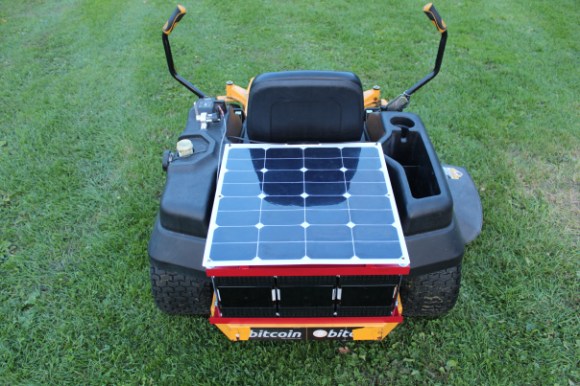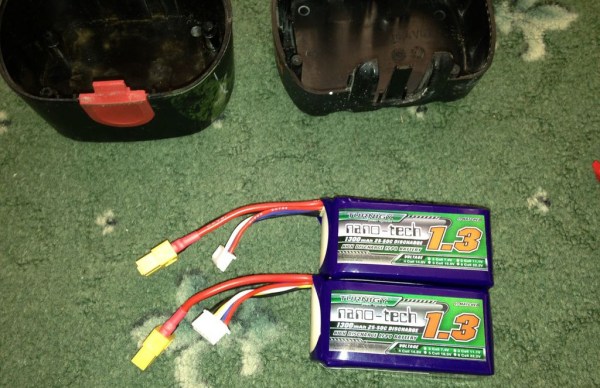
[AmpEater] spent the summer converting yard equipment from internal combustion to electric power. The conversions run from a relatively tame Wheel Horse, to an insane Cub Cadet. The Wheel Horse lost its Kohler engine in favor of a hydraulic pump motor from a crown forklift. 48 volt power is supplied by MK lead acid gel cells. An Alltrax 300 amp controller keeps this horse reigned in.
On his Reddit thread, [AmpEater] says he is especially proud of his Cub Cadet zero turn ride on mower. For those who aren’t up on lawn implement terminology, a “zero turn” means a mower with zero turning radius. Zero turn mowers use two large wheels and tank style steering to turn within their own radius. We bet this style mower would also make a pretty good robot conversion, however [AmpEater’s] zero turn is still setup for cutting the grass.
After pulling the V-twin motor the 48 volt Motenergy ME-1004 was put in place. Batteries are 3 x Enerdel 48V 33 amp hour lithium ion packs. The packs are wired in series to provide 144V nominal. Right about here is where our brain started to melt. A 48V motor on 144V has to mean magic smoke, right? This is where the motor controller magic comes in.













